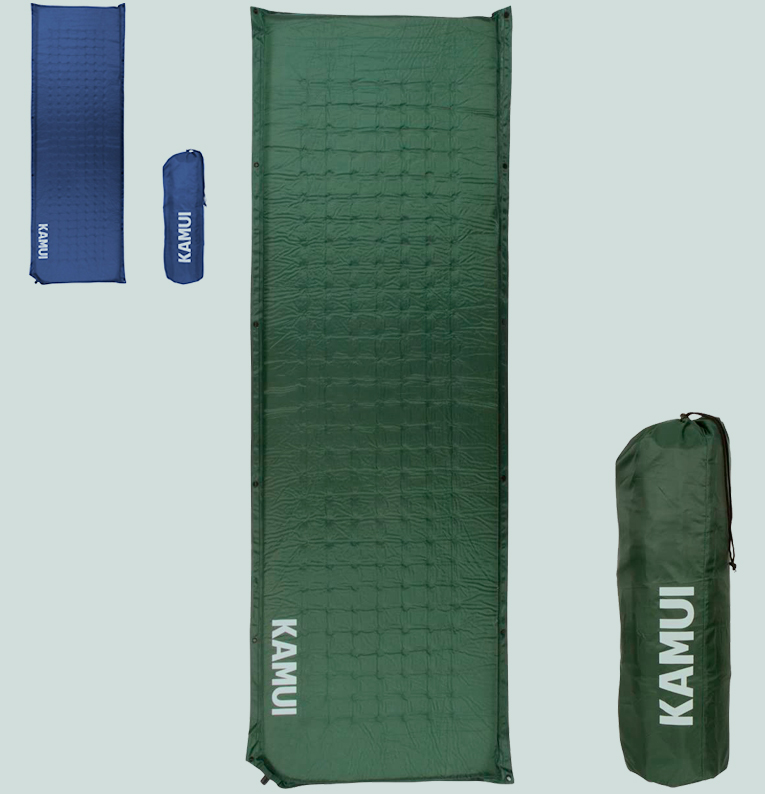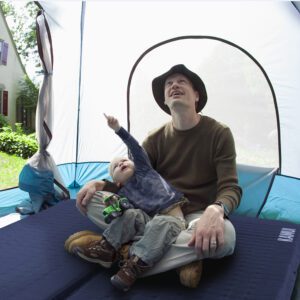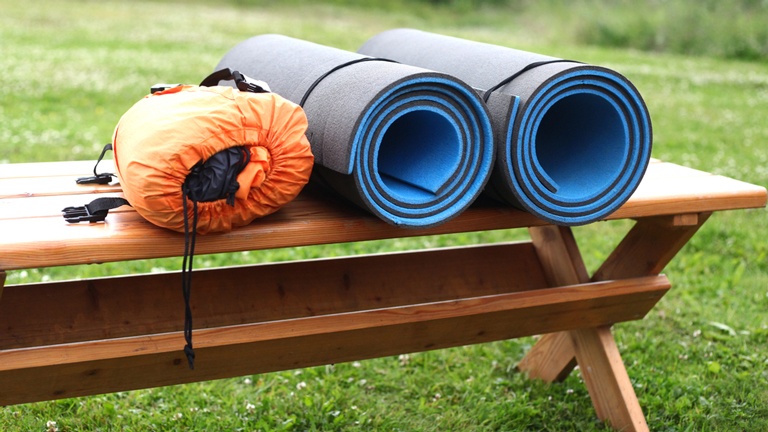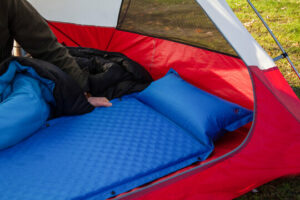Phone
+1-650-666-095
Contact E-mail
[email protected]
Address
16192 Coastal Hwy, Lewes, DE 19958-3608
10 Best Sleeping Pad Alternatives for Enjoyable Camping


This article is about the best sleeping pad alternatives for camping. These are great options for those who want a comfortable sleep and if you don’t have a sleeping pad. The best sleeping pad alternatives for camping are inflatable mats, blankets, mattresses, pads, and multipurpose foams. Still, these are all substitutes and temporary workarounds. This is why having a real sleeping pad is necessary due to the quality of the material and its durability.
Let us explore the best sleeping pad alternatives, and in the latter part, we’ll share what avid campers usually sleep on in a tent and the precautions they take when ground camping.
10 Best Sleeping Pad Alternatives
1. Cot
Cots are almost like beds you get to put up in your tent. To some people, they offer better sleep with additional insulation and padding. Let’s dive deep into that in our camping cot vs. sleeping pad comparison post.
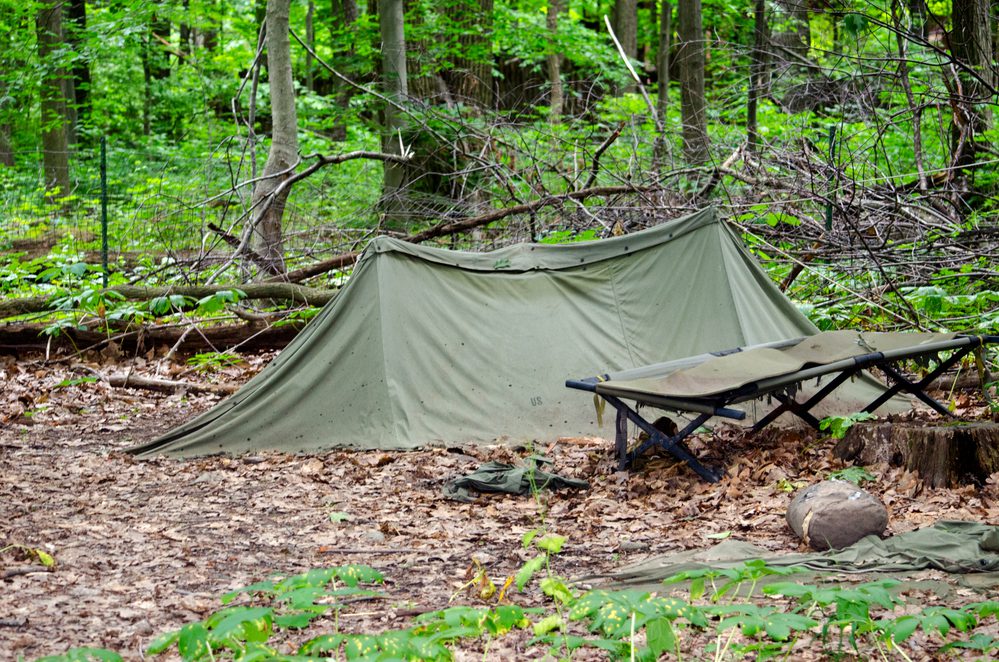

2. Hammock
The hammock is an excellent alternative to sleeping pads. It’s comfortable, fun, and easy to set up. A hammock is a great option for camping. It’s lightweight and easy to carry around with you. It can be used as an outdoor bed or even indoors. You can check out our previous articles on sleeping pad vs. hammock if you want to know more.


3. Gym pad
Some people like using gym mats because they easily transport and fold up. Maybe most of them have their gym mats for lying around. Plus they offer a lot of cushioning and insulation from the cold ground.
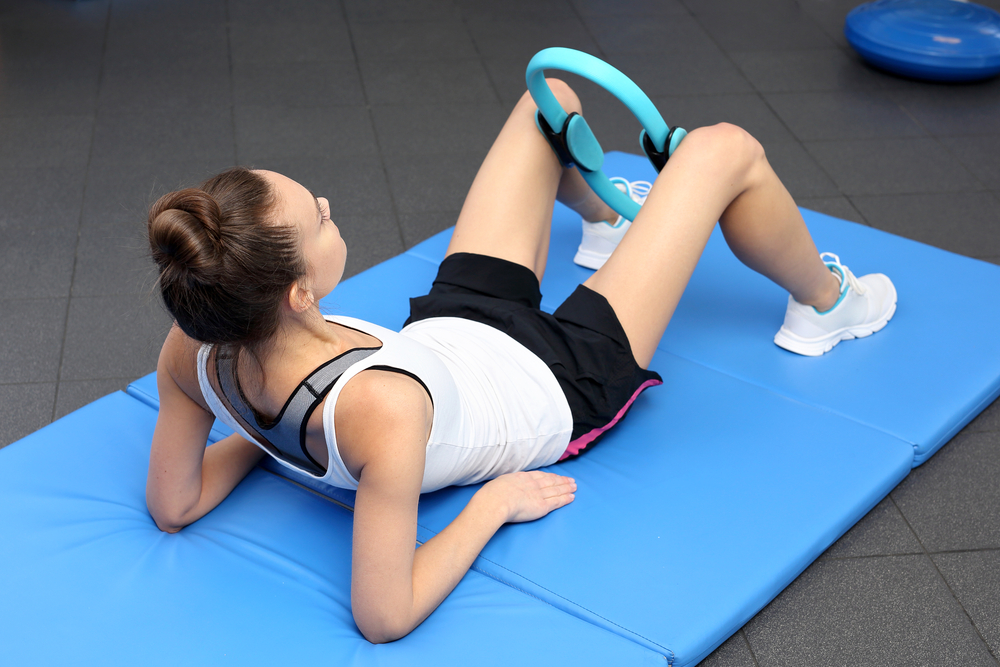

4. Yoga mat
Yoga mats are a great alternative to sleeping pads. They don’t provide the same comfort as sleeping pads, but they allow you to exercise before or after your nap. If you have a thicker yoga mat at home, we recommend using it instead.
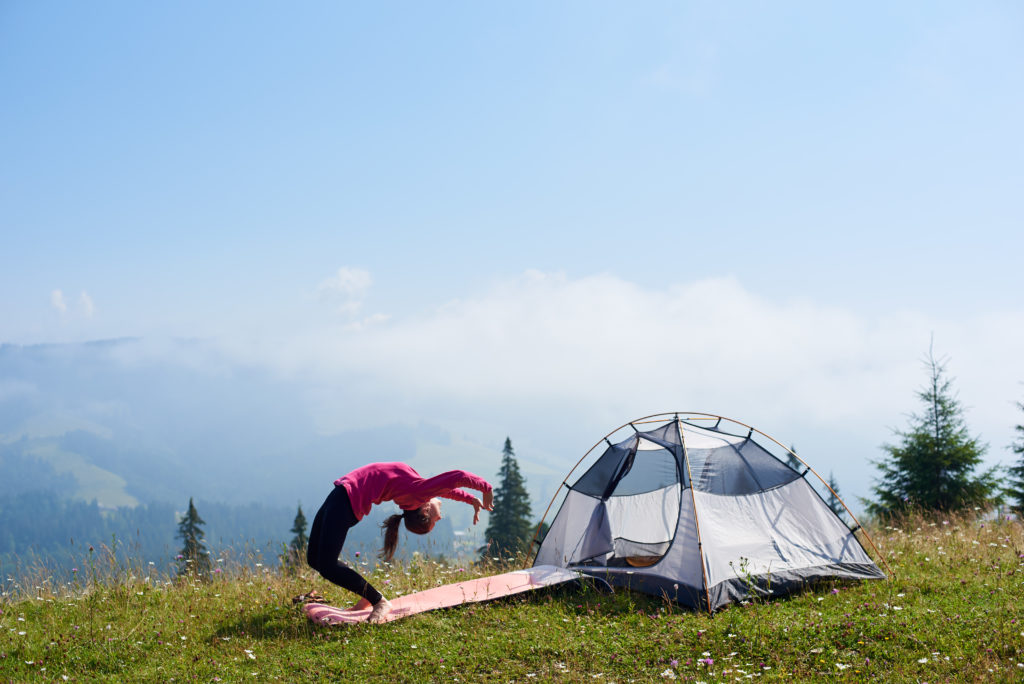

5. Blanket
Blankets are often used as a sleeping pad alternative. We can use blankets to keep warm and comfortable while sleeping outdoors in cold weather. Blankets are also used in many different ways by people who enjoy camping, hiking, or backpacking.
The problem with using a blanket is that it will not insulate you from the ground and the cold air underneath it. Blankets will also lose their insulating properties when wet.


6. Leaves
Yes, you can use leaves under the tent for cushioning. This is a technique used to make the tent more comfortable. The leaves are placed under the tent as a sleeping pad alternative. This technique can be used for other purposes as well. For example, it can be used to make a camping location softer or in emergencies.
7. A Lot of Blankets
If you have multiple blankets, you can easily create a makeshift bed by stacking them up. This is useful in the absence of other alternatives and during summer when temperatures are more bearable. Use outdoor blankets with fleece or wool fabric for additional warmth to protect yourself from the cold ground.
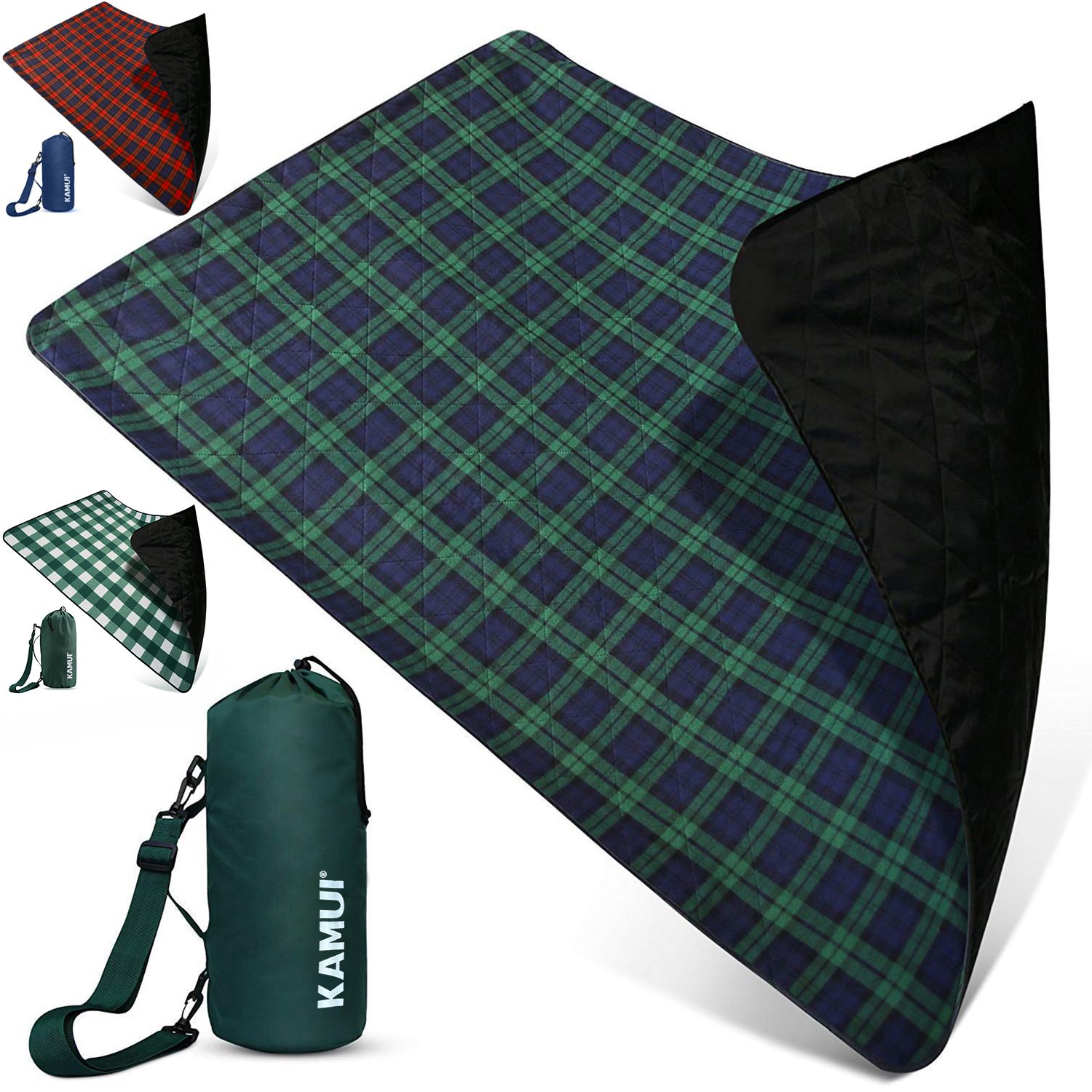

8. Mattress and Mattress Topper
Portable mattresses have been a sleeping pad alternative for many years, especially on cots or makeshift beds in long-season camps. The primary purpose of a mattress topper is to increase the lifespan of your mattress. It can also be used as a sleeping pad alternative.
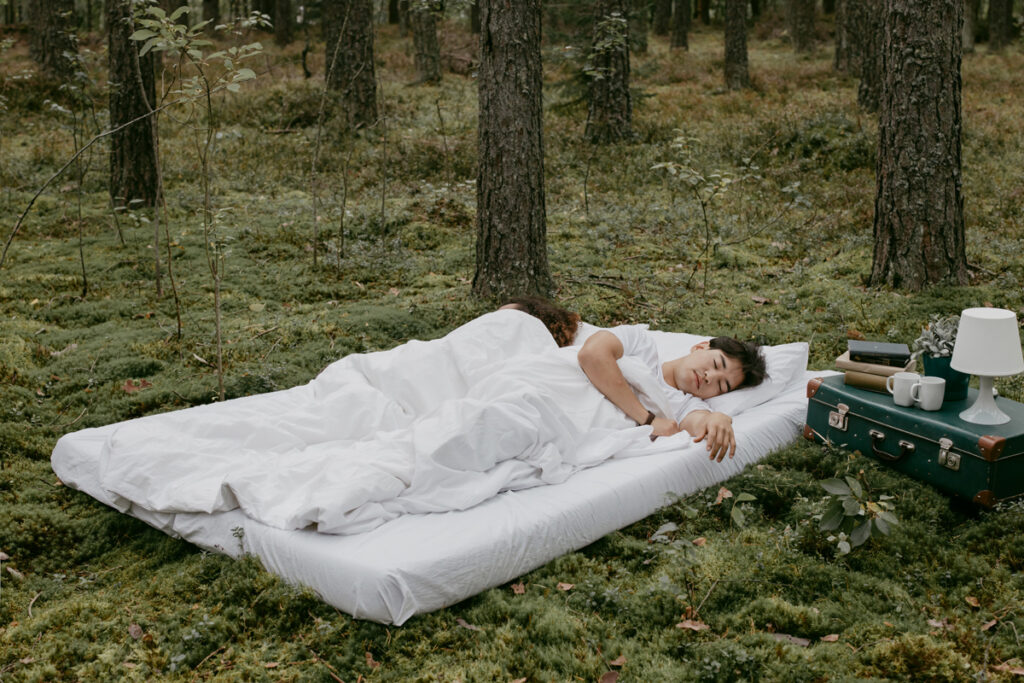

9. Multipurpose foam
Once you think about it, you realize that sleeping pads are just foam. Foam is not only cheaper than other sleeping pads, but it is also more comfortable, lightweight, and durable. Multipurpose foam is also very versatile and can be used in many different ways, and you can buy it at your local department store.
10. Pool float
Last but not least comes the most commonly seen sleeping pad alternative. The pool float is a simple yet brilliant invention. The buoyancy of the floaty will prop you up and provide a stable place for your head and back if positioned correctly. Plus, it’s lightweight but not that durable.
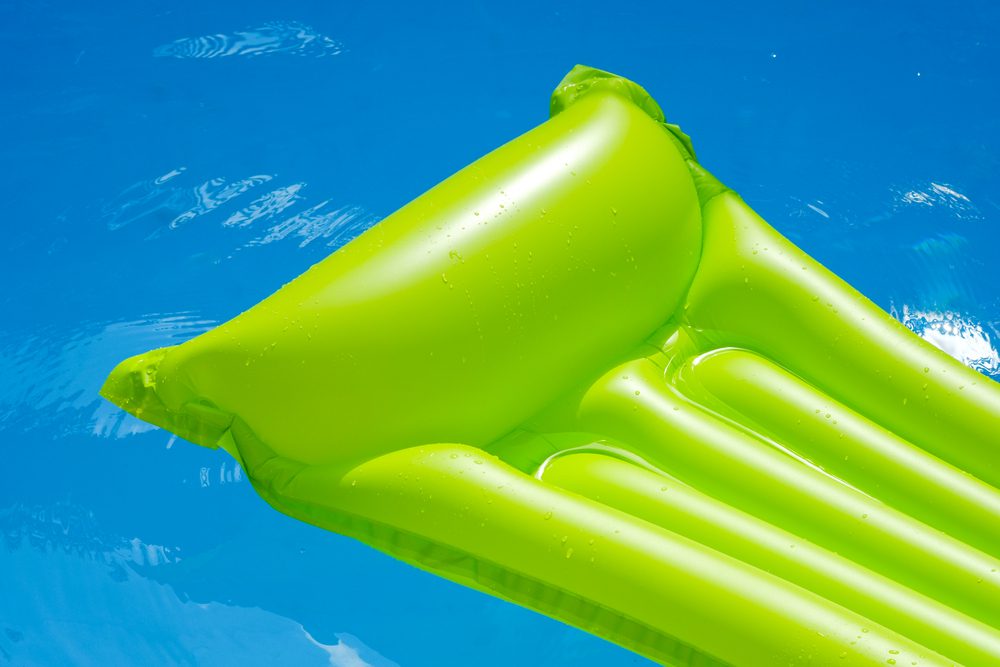

What to Sleep on in a Tent
After learning the best sleeping pad alternatives, let’s discover the standard camping gear that seasoned campers prefer. Like them, you will know what to sleep on in a tent and be prepared for your next outdoor adventure so you’ll stay comfortable and have a good night’s sleep while in the wild.
1. A Soft and Comfortable Sleeping Pad
Your sleeping pad provides insulation and cushioning against the cold, hard ground. But it should have an R-value that is appropriate for the season. Higher R-value foam pads are for cold temperatures, while lower R-value sleeping pads are for warmer seasons. It could be an air pad, a foam pad, or a blend of both to ensure the best comfort. One example is a self-inflating sleeping pad, a favorite among car campers or those who camp near their cars.
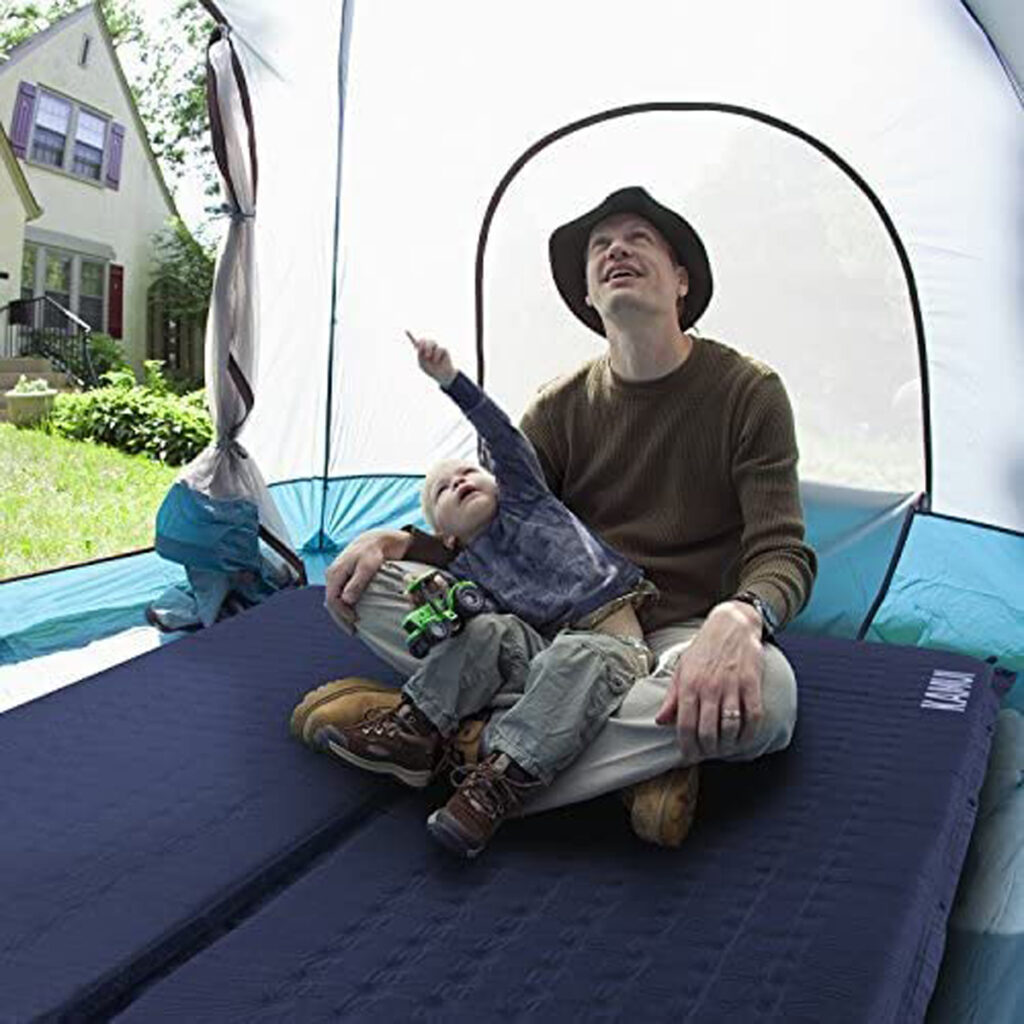

2. Suitable Sleeping Bag
When shopping for a sleeping bag, consider both the temperature of the environment and the shape of the bag. Rectangular sleeping bags offer more room, while mummy-shaped bags are more efficient at retaining body heat and are better suited for cold-weather camping.


3. Pillows and Blankets
Bring your camping pillow and blanket to ensure a comfortable sleep throughout your trip if you have the space and weight allowance. Choose ones tailored to the weather and your preferences, such as an inflatable pillow for lightweight portability or a foam pillow for added softness. Fleece blankets provide extra warmth as a tent footprint and can even be draped over you for a cozier sleep.
What to Consider When Ground Camping
Unlike car camping, ground camping or tenting requires more care and effort. Before embarking on a camping trip, it is essential to consider several factors for a safe and enjoyable experience. Here are some tips to remember to ensure your safety and comfort.
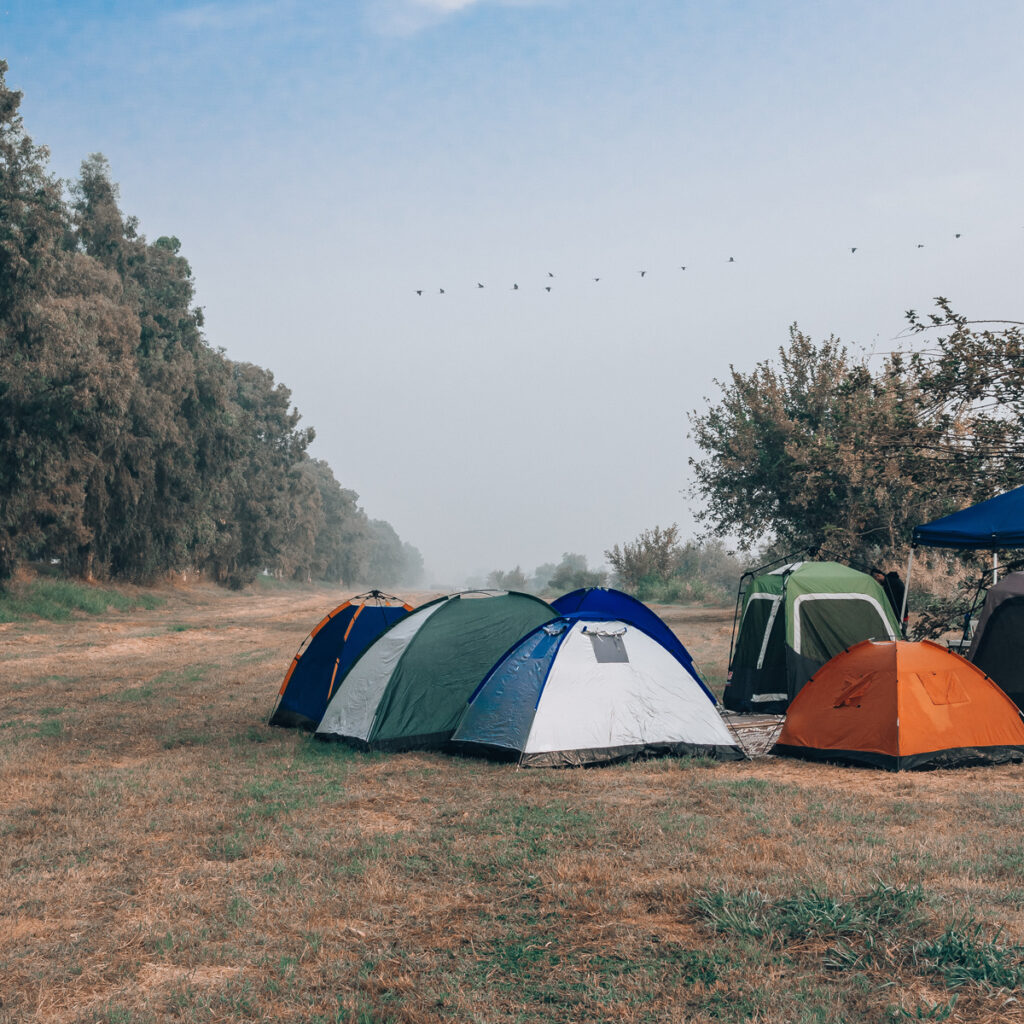

1. Weather
The weather can affect your sleep while camping. Make sure you check the weather forecast before you go and prepare accordingly. Bring appropriate clothing and gear, such as rain gear, sun hats, and tarps, to protect you from the elements.
2. Safe Location
Examine the location beforehand and check for any potential risks. Also, make sure you are camping in a designated camping area. Before setting up your tent and sleep system, remove rocks and twigs that might poke you or your gear.
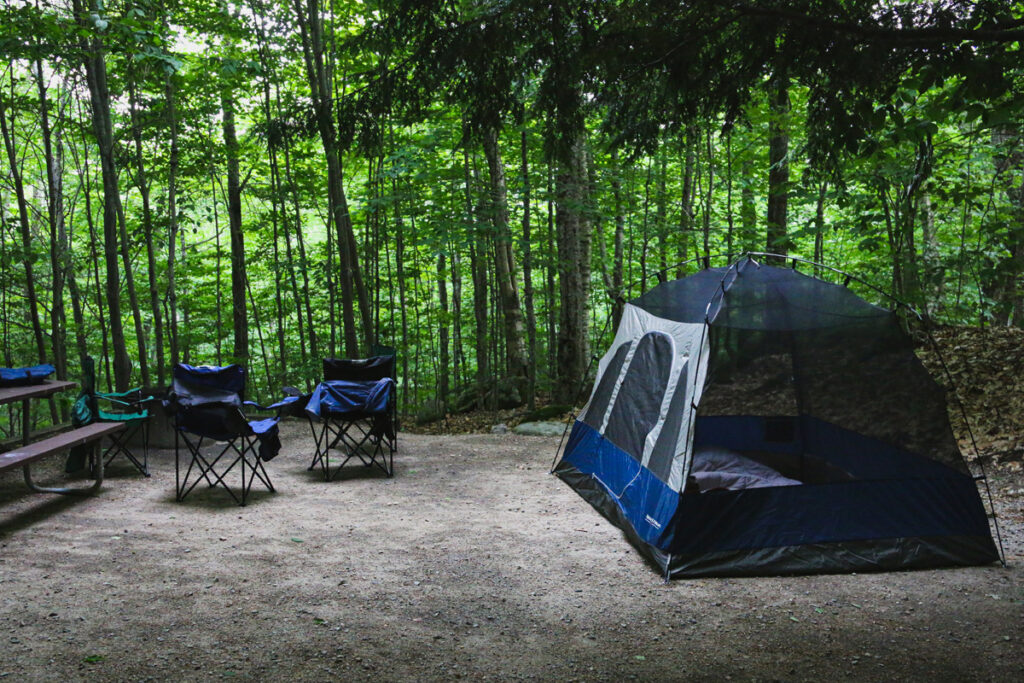

3. Look for a Level Spot
A level spot where you can lay your bedding and lie down comfortably is a recipe for a restful sleep. We dislike rolling off while asleep because we positioned our tents on an inclined surface. Know more details about choosing a campsite here.
4. Blackout tent
A blackout tent is a perfect solution if you’re like any other camper who tends to be awakened by the slightest flashing of lights from surrounding campers. You can even sleep in during the day with this type of tent.
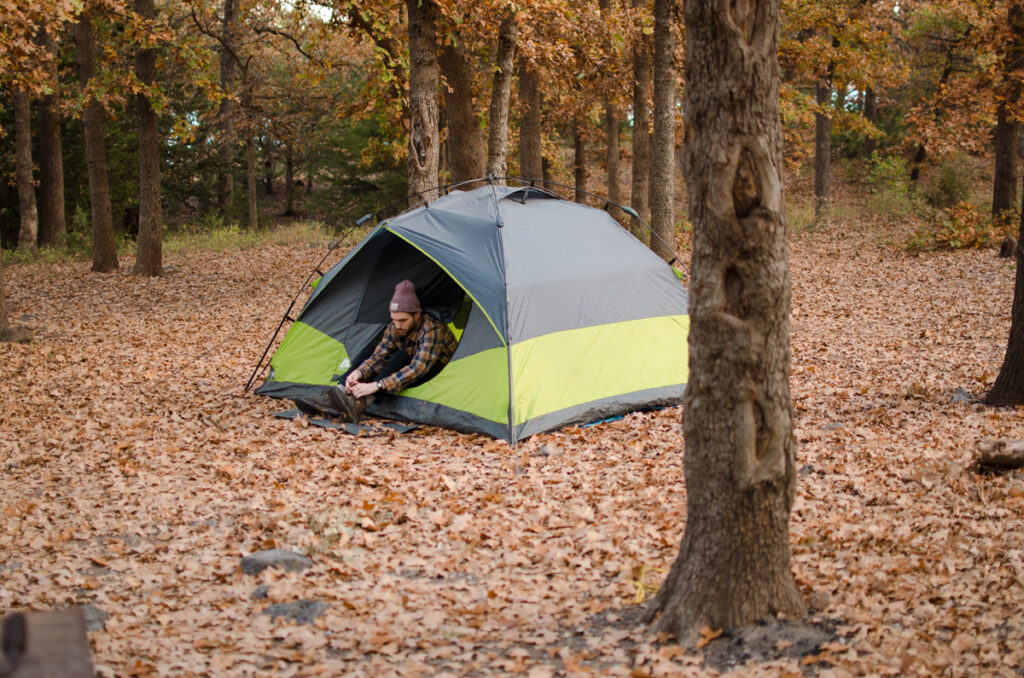

5. Noise
It’s not necessarily a quiet environment, even in the backcountry. If you’re pestered by the buzzing of insects or the noise of other campers, it can be challenging to get your zzz’s. Earplugs may be a good option to block out the noise.
6. Protection from Bugs
Since you will be in a natural environment, protect yourself from bug bites by bringing insect repellent, bug spray, and mosquito nets. You can also save your campsite from bugs by keeping food and drinks covered, disposing of trash and recycling properly, and removing standing water.
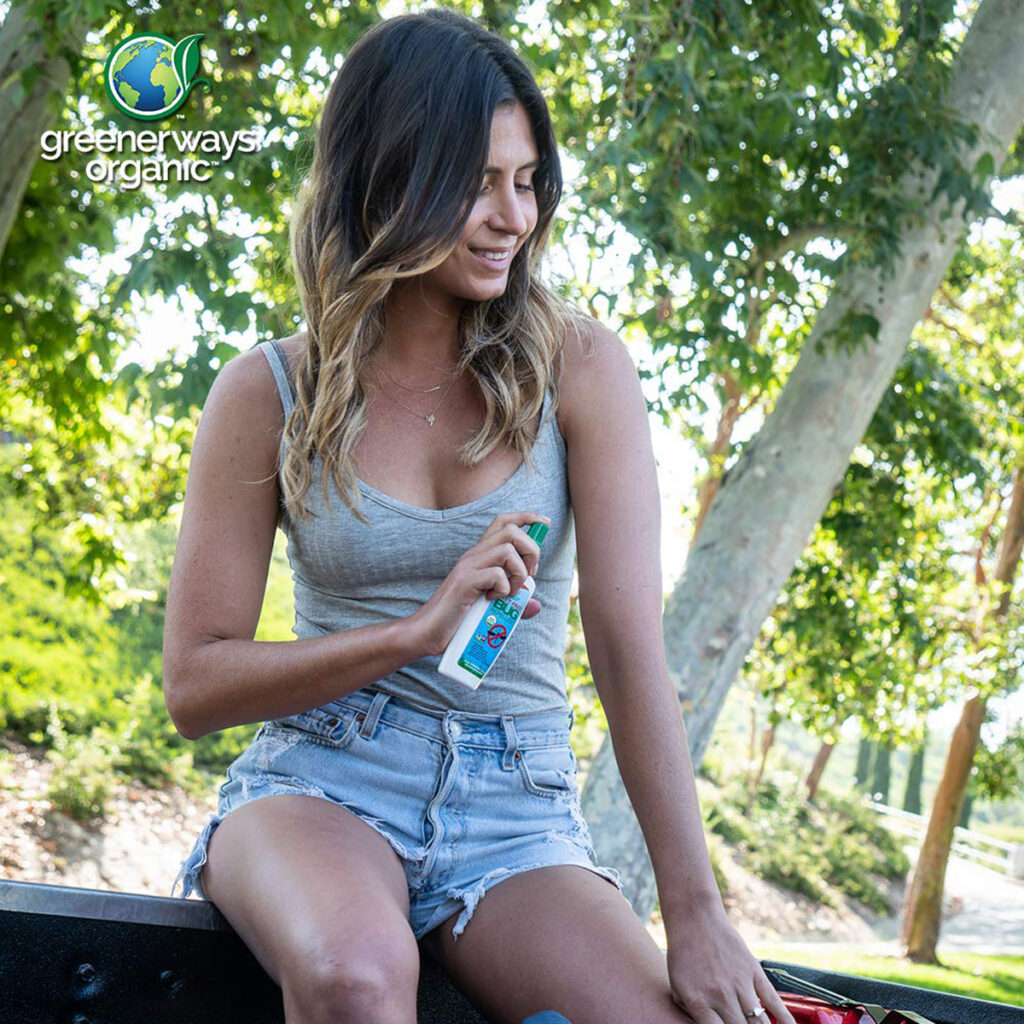

7. Take Necessary Precautions
Prioritize safety during your trip. Be sure to equip yourself with a first aid kit and know how to use it in an emergency. Additionally, be mindful of possible risks, such as pointed rocks, rough terrain, and wild animals, and take the necessary steps to protect yourself.
Conclusion
You know a good sleeping mat is essential for outdoor enthusiasts. This is because sleeping pads are more durable and provide better insulation than any of these alternatives. But what if you cannot use your sleeping pad? As discussed above, there are a number of possible options – by exploring the best sleeping pad alternatives, you can easily come up with a sleep system when you’re in a pinch.
We hope this article helps make your next backpacking trip or camping adventure more comfortable! If you’re searching for the perfect camping pad and still asking yourself what to sleep on in a tent, we recommend the KAMUI self-inflating sleeping pad.
Lastly, if you’re ground camping, prioritize safety by considering our tips. Remember that a safe camper is a happy camper.

